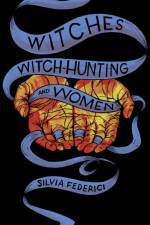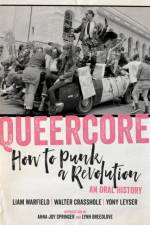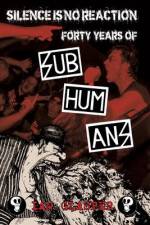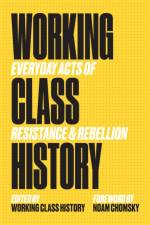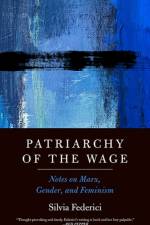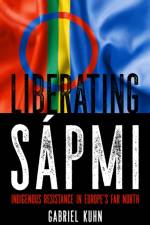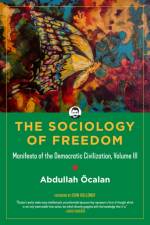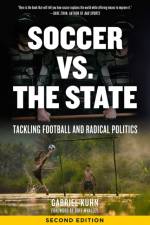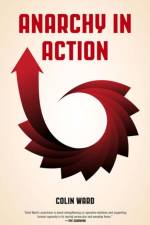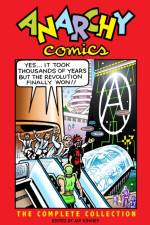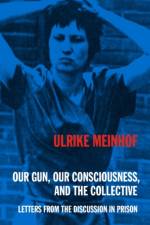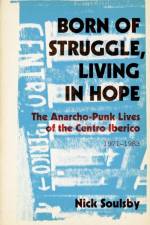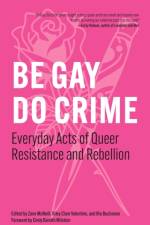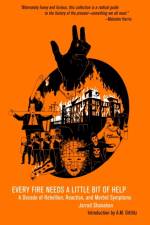- The Complete Collection
av Spain Rodriguez
311
Anarchy Comics: The Complete Collection brings together the legendary four issues of Anarchy Comics (1978–1986), the underground comic that melded anarchist politics with a punk sensibility, producing a riveting mix of satire, revolt, and artistic experimentation. This international anthology collects the comic stories of all thirty contributors from the U.S., Great Britain, France, Germany, Netherlands, Spain, and Canada.In addition to the complete issues of Anarchy Comics, the anthology features previously unpublished work by Jay Kinney and Sharon Rudahl, along with a detailed introduction by Kinney, which traces the history of the comic he founded and provides entertaining anecdotes about the process of herding an international crowd of anarchistic cats.Contributors include: Jay Kinney, Yves Frémion, Gerhard Seyfried, Sharon Rudahl, Steve Stiles, Donald Rooum, Paul Mavrides, Adam Cornford, Spain Rodriguez, Melinda Gebbie, Gilbert Shelton, Volny, John Burnham, Cliff Harper, Ruby Ray, Peter Pontiac, Marcel Trublin, Albo Helm, Steve Lafler, Gary Panter, Greg Irons, Dave Lester, Marion Lydebrooke, Matt Feazell, Pepe Moreno, Norman Dog, Zorca, R. Diggs (Harry Driggs), Harry Robins, and Byron Werner.

